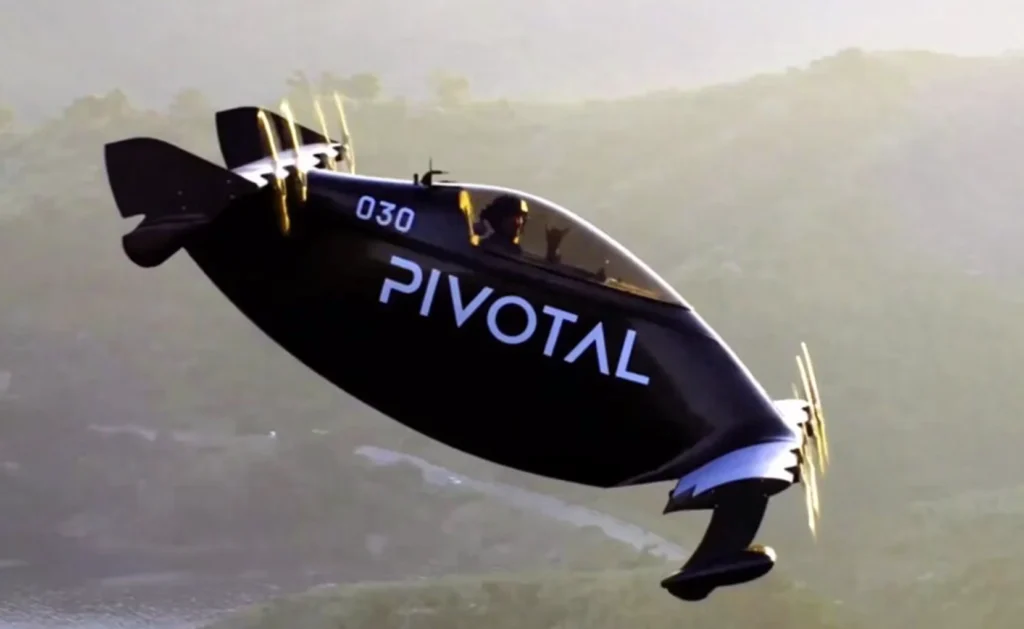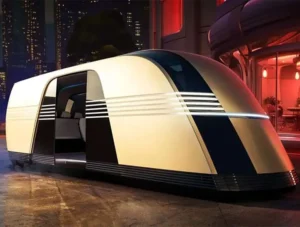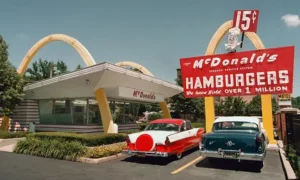Flying cars have officially moved from science fiction to reality. This week, a U.S. company unveiled the first production-ready flying car Pivotal, priced at $190,000 — and it’s already gearing up for manufacturing. For California, where transportation innovation moves faster than anywhere else, this launch could mark the start of a new mobility era.

A New Chapter for Personal Air Mobility
Electric propulsion, vertical takeoff capability, and compact dimensions place this aircraft-car hybrid squarely between a traditional EV and a small airplane. It’s designed for short regional flights — ideal for bypassing notorious California congestion in Los Angeles, San Francisco, and Silicon Valley.
Advances in battery density, lightweight materials, and FAA progress on air-mobility regulations finally aligned to make a production flying car possible.
How the Flying Car Works
The model resembles a cross between a drone, a sports coupe, and a compact helicopter. It drives on roads like a standard electric vehicle, then transitions into vertical flight mode.
- Top airspeed: 100–120 mph
- Range: Enough to fly from San Jose to Lake Tahoe faster than driving on I-80
- Seats: One or two, depending on the configuration
- Training: Simplified controls; months of training instead of years
This is not a concept car — it’s a certified air vehicle entering production.
Available for Preorder Today
Despite its futuristic design, the flying car is already available for preorder in the U.S. And while the $190,000 price tag sounds premium, it’s comparable to high-end sports cars. Unlike them, this one takes off vertically.
Manufacturers describe it as the first step toward personal air mobility, aiming to combine the practicality of a car with the freedom of flight.
Why California Is the Ideal Early Market
With long commutes, tech-driven lifestyles, and constantly congested highways, California is positioned to adopt flying cars earlier than most states. Potential use cases include:
- Commuting between San Francisco and Silicon Valley
- Flying over LA traffic corridors
- Quick trips to Napa, Santa Barbara, or coastal cities
For those who value time as their most precious resource, a flying car could become a practical option rather than a novelty.
Challenges Ahead
There are still barriers:
- Pilot license required (simplified but mandatory)
- Dedicated takeoff/landing pads needed
- Higher maintenance costs compared to cars
Yet every major transportation breakthrough — from EVs to autonomous vehicles — began with similar obstacles before becoming mainstream.
A Turning Point for Future Transportation
This unveiling marks a pivotal moment. Flying cars are no longer prototypes or speculative ideas. They’re real products with certifications, production plans, and a clear path to scaling.
The question is no longer “Is this possible?”
The question is “How quickly will society, infrastructure, and regulation adapt?”
What It Means for the U.S.
For Californians: a preview of the next mobility revolution.
For the country: renewed leadership in high-tech transportation.
For everyone: proof that the most futuristic visions sometimes become real — and purchasable.















